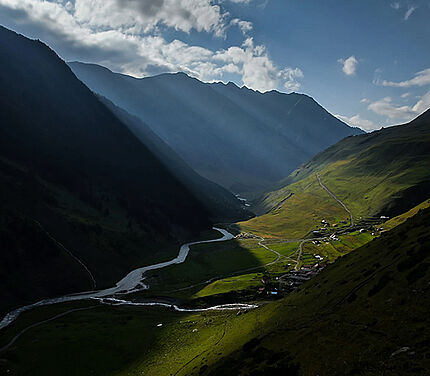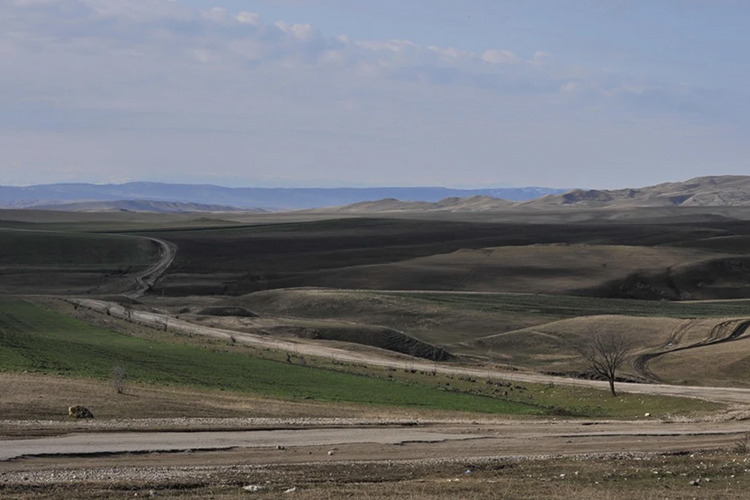ASIA
Georgia
Area: 69,700 km²
Geography: Georgia is situated in the South Caucasus. 43% of the total land area is agricultural land with 64% of permanent grassland, 26.5% of arable land, 8% of permanent crops and 0.03% of land under protective cover. With low levels of productivity, a variable climate and a high reliance on rain fed agriculture, Georgia has a significant food security risk. (World Bank, 2008)
Land Degradation: About a third of Georgia’s 3 million hectares of agricultural land is affected by soil erosion, 11% is affected by acidity, 8% by waterlogging due to malfunctioning drainage systems, 5 % by excessive potassium and nitrates, and another 20-40% by salinity. (World Bank, 2008)
Sustainable Land Management: Achieving Land Degradation Neutrality by 2030 is a priority for Georgia in achieving targets under the SDGs. The country has set national voluntary targets for 2030. The Government wants to integrate LDN principles into national policies, legislation, strategies and planning documents. Moreover they want to increase the coverage of protected areas up to 12% and rehabilitate degraded land. (MEPA, 2017)

ELD ACTIVITIES
-
Case Study (2021)
Title: The economics of pasture management in Georgia: An economics of land degradation study
Authors: Westerberg, V., Robinson, S., Stebbings, E., Costa, L., Visetti, P.
Scope and findings: Longer heat waves, stronger winds and increasing demand for pasture land have had negative impacts on winter pastures, resulting in reduced biological productivity in the Kakheti region of Georgia. This compromised food and water security, and pastoral livelihoods. Three sustainable pastureland strategies are analysed in this case study focusing on economic consequences on pastoral households, and impact on land productivity. Potential scenarios covered resident pasture users (on village pasture), and small, medium and large migratory herders. -
Case Study (2017)
Title: Reducing wildfires in Georgia. Assessing the case for implementing and enforcing a law to ban crop residue burning in Dedoplistskaro district
Authors: Westerberg V., Costa L., Ghambashidze G., Weigel O., Etter H., Giorgadze L., REEC
Scope and findings: The case study from Georgia provides an overview of research conducted on implementing and enforcing a law to ban crop residue burning in Dedoplistskaro district, using a cost-benefit analysis. When accounting for the contribution of straw to soil nutrients and the market value of straw bales, it is worthwhile for farmers to forgo burning.

CONTACT
ELD Secretariat
E-Mail: info@eld-initiative.org
